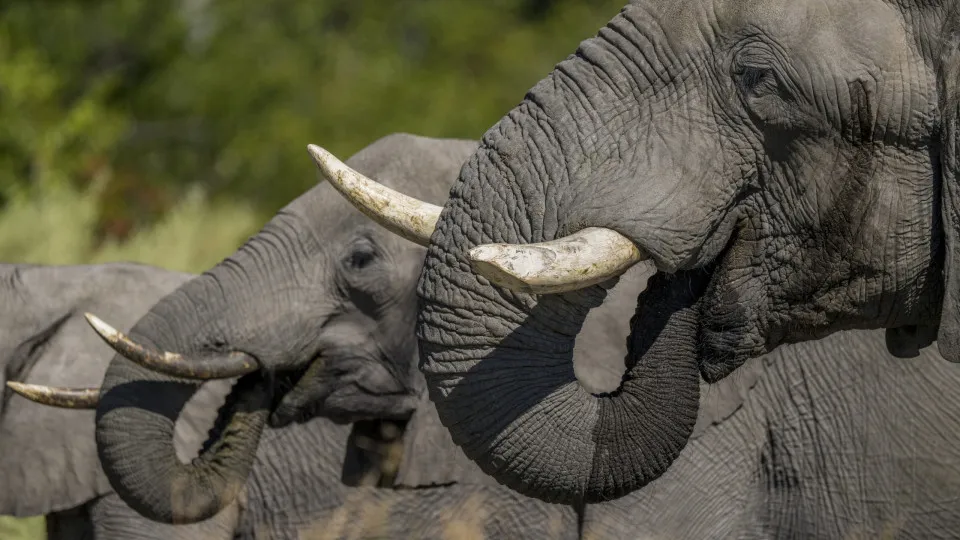It would be naïve to assume that only humans get intoxicated. Whether from sweet fermenting fruit, magic mushrooms, or coca leaves, getting high has existed since the beginning of animal life. Indeed, animals have long discovered nature's mind-altering substances.
Want to know more? Then check out the following gallery for examples from around the world of intoxication in animals.



